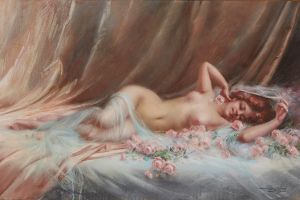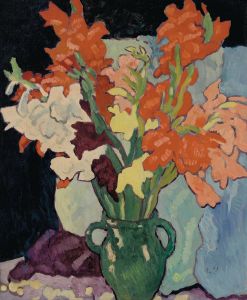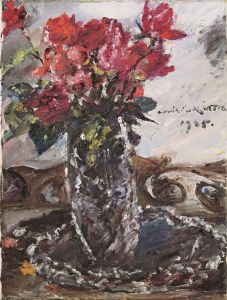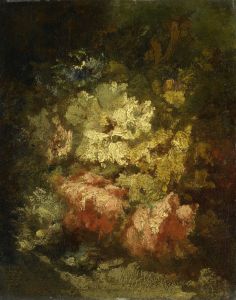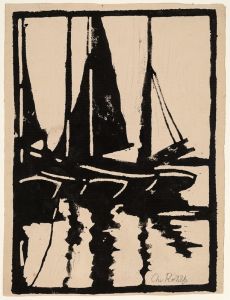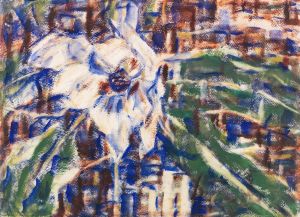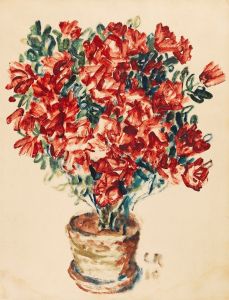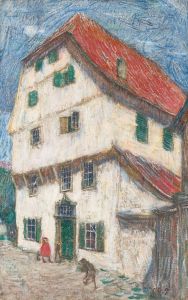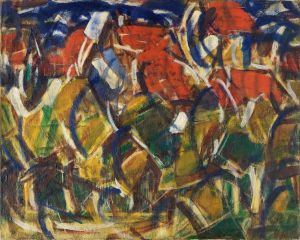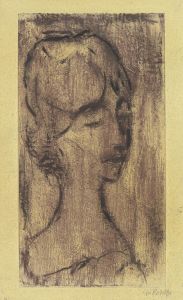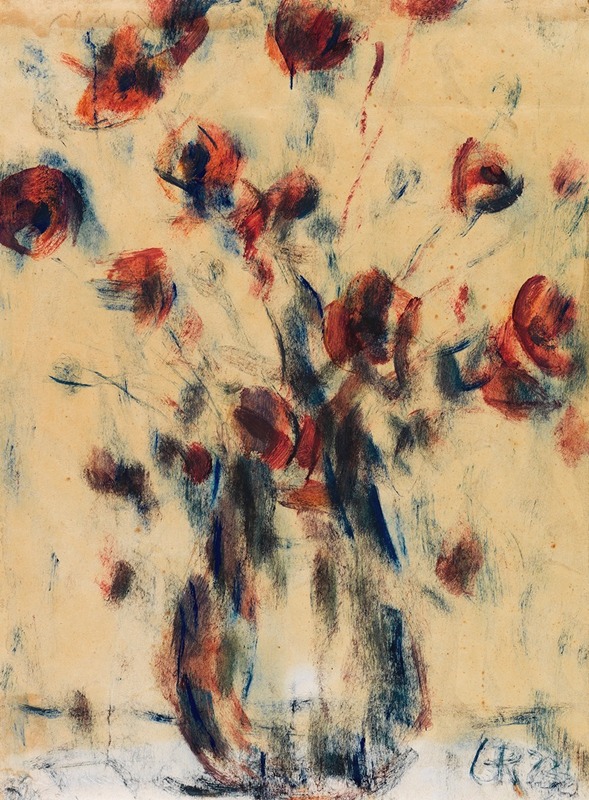
Feldmohn in blauer Vase
A hand-painted replica of Christian Rohlfs’s masterpiece Feldmohn in blauer Vase, meticulously crafted by professional artists to capture the true essence of the original. Each piece is created with museum-quality canvas and rare mineral pigments, carefully painted by experienced artists with delicate brushstrokes and rich, layered colors to perfectly recreate the texture of the original artwork. Unlike machine-printed reproductions, this hand-painted version brings the painting to life, infused with the artist’s emotions and skill in every stroke. Whether for personal collection or home decoration, it instantly elevates the artistic atmosphere of any space.
Christian Rohlfs (1849-1938) was a German painter and one of the most prominent representatives of German Expressionism. His work spans several styles and movements, including Impressionism and Post-Impressionism, before he fully embraced Expressionism. Rohlfs' career was marked by a continuous evolution in his artistic approach, reflecting the dynamic changes in the art world during his lifetime.
"Feldmohn in blauer Vase" (Field Poppies in a Blue Vase) is one of Rohlfs' notable works. This painting exemplifies his mature style, characterized by bold colors and expressive brushwork. The subject matter of the painting is relatively simple: a bouquet of field poppies arranged in a blue vase. However, Rohlfs' treatment of the subject elevates it beyond mere representation.
The use of vibrant colors is a hallmark of Rohlfs' work, and "Feldmohn in blauer Vase" is no exception. The red poppies stand out vividly against the blue vase and the background, creating a striking contrast that draws the viewer's eye. Rohlfs' application of paint is dynamic and textured, adding a sense of movement and life to the still life composition. This technique is indicative of his Expressionist leanings, where the emotional impact of the colors and forms takes precedence over realistic depiction.
Rohlfs' choice of poppies as the subject may also carry symbolic weight. Poppies have been associated with various meanings in art and literature, including themes of sleep, death, and remembrance. While it is not explicitly documented what Rohlfs intended with this particular choice, the use of such a potent symbol adds a layer of depth to the work.
The blue vase in the painting serves as a stabilizing element, grounding the composition and providing a cool counterpoint to the warm tones of the poppies. The interplay of colors is a testament to Rohlfs' skill in color theory and his ability to create harmony within a composition. The background of the painting is less defined, with loose brushstrokes that suggest rather than delineate the setting, allowing the viewer to focus on the central arrangement.
"Feldmohn in blauer Vase" reflects Rohlfs' transition into a more abstract and expressive mode of painting. His earlier works were more aligned with naturalistic and impressionistic styles, but as he progressed, his focus shifted towards capturing the essence and emotional resonance of his subjects. This painting is a clear example of that shift, where the emotional impact is conveyed through color, form, and texture rather than detailed representation.
Christian Rohlfs' contribution to the art world, particularly within the Expressionist movement, is significant. His works are held in various collections and museums, and "Feldmohn in blauer Vase" continues to be appreciated for its artistic and historical value. The painting not only showcases Rohlfs' technical prowess but also his ability to imbue a simple still life with profound emotional and symbolic meaning.





